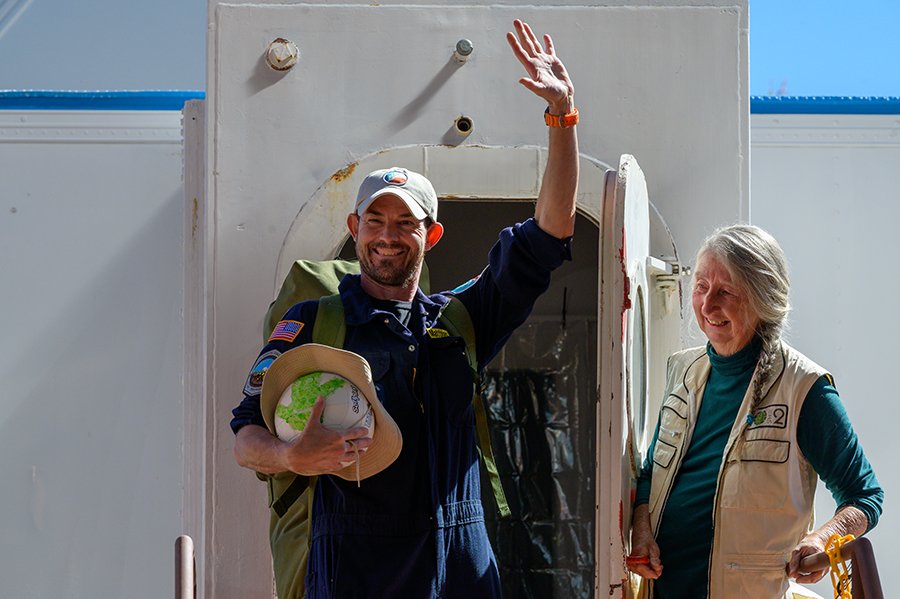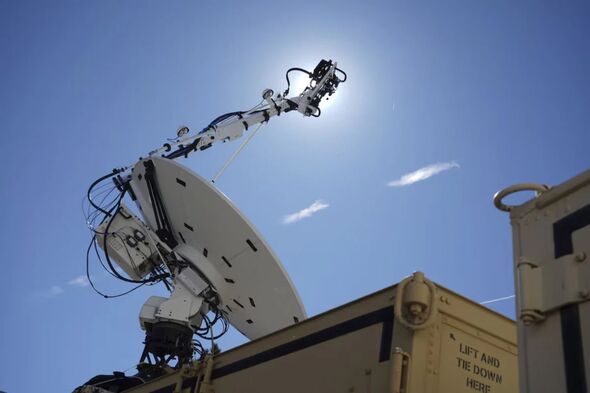At the University of Arizona’s Biosphere 2, researchers are making strides in understanding how humanity might thrive beyond Earth. A recent experiment conducted within the Space Analog for the Moon and Mars (SAM) involved a two-week mission where a researcher, Matthias Beach, lived in a sealed environment alongside 144 dwarf pea plants. The initiative aimed to assess the plants’ ability to absorb carbon dioxide and produce oxygen, simulating conditions that could one day support human life on Mars.
During the mission from October 13 to 27, 2023, Beach functioned in the role of an astronaut, emphasizing the urgency of this research. “We need places like this to do the science that will help us survive off world,” Beach stated. He believes that within the next few decades, human exploration of Mars will become a reality, making this research critical.
The experiment was directed by Kai Staats, the research director for SAM. This initiative marked the first bioregenerative life-support trial with a human participant at Biosphere 2 since 1994. The project was part of the international World’s Biggest Analog project, which connected 16 space-habitat analogs across four continents to test various operational and psychological facets of long-term space missions.
Beach’s primary task was to monitor the interaction between his exhaled carbon dioxide and the dwarf pea plants. During the first week, the plants effectively sequestered carbon dioxide through photosynthesis, converting it into oxygen and carbohydrates. This process is vital for creating a sustainable life-support system in space. On the eighth day, Beach harvested the dwarf peas, which were then analyzed outside the habitat.
The second week served as a controlled experiment, allowing researchers to observe the increase in carbon dioxide levels without the plants’ presence. Sensors embedded in the SAM habitat continuously measured gas concentrations, providing precise data on the carbon sequestration capabilities of the dwarf pea plants. Each plant’s performance contributes to a broader understanding of how plant life can sustain human life in closed environments.
Dwarf pea plants are particularly advantageous due to their high seed yield within a small footprint. They allow astronauts to cultivate nutritious and protein-rich food in confined spaces. This characteristic not only supports sustenance but also enhances the sustainability of the system, as some seeds can be saved for future crops, minimizing reliance on Earth-supplied resources.
Staats highlighted the importance of high productivity, stating, “Every additional plant represents carbon pulled from the air and locked into organic matter.” The experiment’s design emphasizes the need for plants that maximize both food and oxygen production without occupying excessive space. Dwarf varieties are thus preferred due to their efficiency.
The hydroponic system utilized in the SAM habitat, overseen by graduate student Atila Meszaros, automates the delivery of water, light, and nutrients, maintaining stable environmental conditions. This controlled environment ensures that external air does not interfere with the data collection process, which is crucial for tracking minute changes in gas levels.
The data generated from this experiment will contribute to a comprehensive database comprising 22 different crop species, including peas, wheat, rice, and potatoes. This database will serve as an invaluable resource for future mission planners, enabling them to determine the optimal number of plants required to support human crews and the amount of carbon those crops can effectively recycle.
Now that Beach has completed his two-week isolation in the SAM habitat, researchers are analyzing the data collected during this groundbreaking trial. The findings will not only shed light on how one person and a small number of dwarf peas can coexist but also provide insights into humanity’s potential future beyond Earth. This research represents a significant step toward understanding the complexities of sustaining life in extraterrestrial environments.







